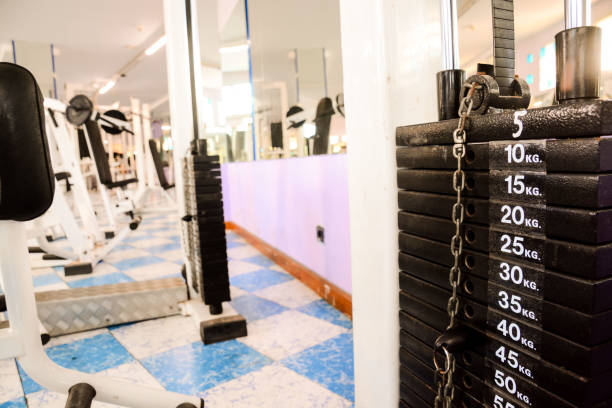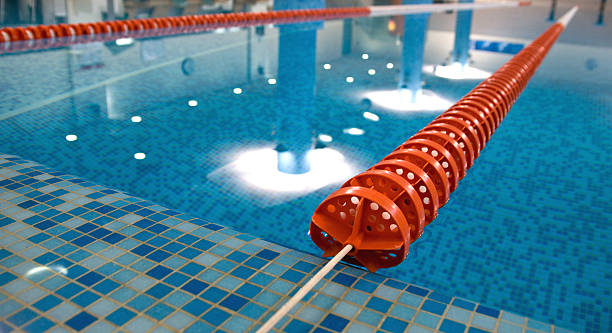
High School: Strategies to Slash Time in Your Swim Events
Competitive swimming demands more than just physical prowess; it requires a delicate balance of skill, dedication, and effective time management. In this comprehensive guide, we unveil the secrets to dropping time in your swim events
1. Crafting a Strategic Swim Plan
Event-Specific Training: Tailor your training regimen to focus on the specific demands of your swim events. Whether it’s perfecting your turns, starts, or endurance, a targeted approach ensures you’re honing the skills crucial to shaving off those precious seconds.
Pacing Techniques: Master the art of pacing. Understand the optimal speed for each segment of your event and practice maintaining consistent pacing during training. This strategic approach can lead to significant time drops on race day.
2. Sharpening Technique for Efficiency
Stroke Refinement: Work closely with your coach to refine your stroke technique. Even minor adjustments can contribute to increased efficiency in the water, translating to faster swim times. Video analysis can be a valuable tool in identifying areas for improvement.
Underwater Streamlining: Perfecting your underwater streamline is a game-changer. Minimize resistance by focusing on a streamlined body position off the walls and during dives. Small tweaks here can result in substantial time savings.
3. Integrate High-Performance Workouts
Interval Training: Incorporate interval training into your routine to simulate race conditions. These structured workouts, alternating between high-intensity efforts and recovery periods, mirror the demands of competitive swim events, preparing you to excel when it counts.
Power and Endurance Drills: Develop a well-rounded training plan that includes power and endurance drills. Strengthening key muscle groups and building endurance ensures you have the stamina to maintain peak performance throughout your events.
4. The Crucial Role of Mental Preparedness
Visualization for Success: Mental preparation is as crucial as physical training. Visualize yourself executing flawless swims, visualizing the feel of the water, the precision of your turns, and the surge of power during sprints. This mental rehearsal can enhance confidence and performance.
Positive Self-Talk: Cultivate a positive mindset through affirmations and positive self-talk. Eliminate self-doubt by reinforcing your abilities and achievements, creating a mental environment conducive to peak performance.
5. Smart Race Day Strategies
Effective Warm-Up Routine: Develop a personalized warm-up routine tailored to your events. A well-designed warm-up primes your body for peak performance and can contribute to faster initial swim times.
Race-Specific Tactics: Strategize your races based on the specific characteristics of each event. Understanding the nuances allows you to make informed decisions during races, optimizing your performance and minimizing time wastage.
6. Utilizing Technology for Precision
Swim Analytics Tools: Leverage technology for precise performance analysis. Swim analytics tools provide valuable insights into your swim metrics, helping you identify areas for improvement and refine your training approach.
Time-Tracking Apps: Explore time-tracking apps to monitor your progress both in and out of the water. These apps can assist in tracking your swim times, enabling you to set and achieve time drop goals with precision.
7. Recovery: The Hidden Key to Improvement
Strategic Rest: Recognize the importance of recovery in your overall training plan. Strategic rest intervals between intense training sessions contribute to muscle repair and overall performance improvement.
Active Recovery Practices: Integrate active recovery practices into your routine, such as light swimming or mobility exercises. These practices promote circulation, reduce muscle fatigue, and contribute to consistent time drops.
Conclusion: Excelling in Every Stroke
In the competitive world of swim events, dropping time is an art that requires a holistic approach. By crafting a strategic swim plan, sharpening your technique, integrating high-performance workouts, nurturing mental preparedness, implementing smart race day strategies, utilizing technology, and prioritizing recovery, you’ll master the clock and leave your competitors in your wake.


